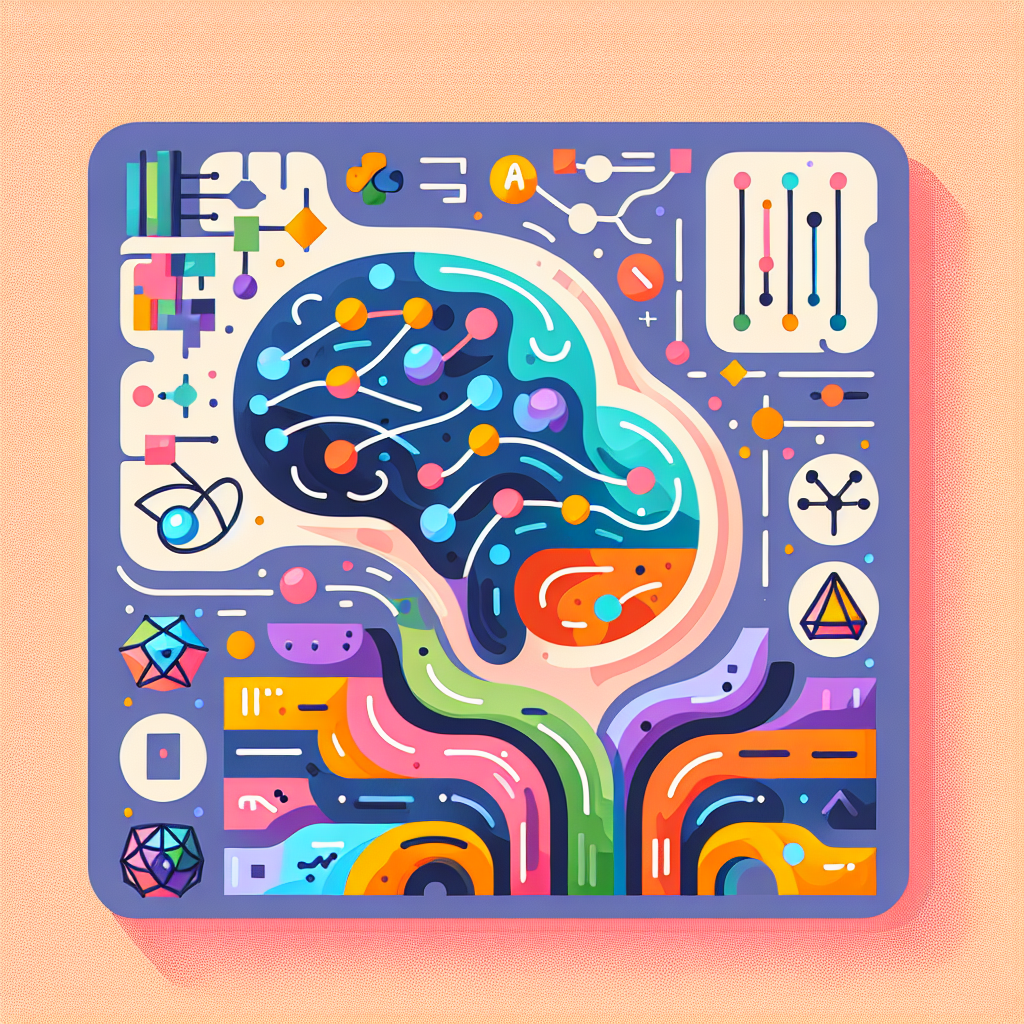Fix today. Protect forever.
Secure your devices with the #1 malware removal and protection software
Neural networks have revolutionized the field of artificial intelligence, enabling machines to perform complex tasks such as image recognition, natural language processing, and autonomous driving. Convolutional Neural Networks (CNNs) are a specific type of neural network that is particularly well-suited for tasks involving images.
In this article, we will explore how to implement CNNs for deep learning using two popular deep learning frameworks: PyTorch and TensorFlow. These frameworks provide powerful tools for building and training neural networks, with a focus on ease of use and efficiency.
To get started with implementing CNNs in PyTorch, you first need to install the PyTorch library. You can do this by following the instructions on the PyTorch website. Once you have PyTorch installed, you can begin building your CNN model.
In PyTorch, you can define your CNN model using the torch.nn.Module class. This class allows you to create custom neural network architectures by defining the layers and operations that make up your model. For example, you can define a simple CNN model with a few convolutional and pooling layers like this:
“`python
import torch
import torch.nn as nn
class CNN(nn.Module):
def __init__(self):
super(CNN, self).__init__()
self.conv1 = nn.Conv2d(1, 16, 3)
self.pool = nn.MaxPool2d(2, 2)
self.conv2 = nn.Conv2d(16, 32, 3)
self.fc1 = nn.Linear(32 * 6 * 6, 128)
self.fc2 = nn.Linear(128, 10)
def forward(self, x):
x = self.pool(F.relu(self.conv1(x)))
x = self.pool(F.relu(self.conv2(x)))
x = x.view(-1, 32 * 6 * 6)
x = F.relu(self.fc1(x))
x = self.fc2(x)
return x
“`
Once you have defined your model, you can train it on a dataset using PyTorch’s built-in tools for loading and processing data. You can use the torch.utils.data.Dataset and torch.utils.data.DataLoader classes to create custom datasets and data loaders for your training and testing data.
To train your CNN model, you can use PyTorch’s torch.optim module to define an optimizer and a loss function. You can then loop through your training data, making predictions with your model and adjusting the model’s parameters to minimize the loss using backpropagation.
Implementing CNNs in TensorFlow follows a similar process, with the TensorFlow library providing tools for building and training neural networks. To get started with TensorFlow, you need to install the TensorFlow library and import it into your Python script.
In TensorFlow, you can define your CNN model using the tf.keras.Sequential class. This class allows you to create a sequential model by stacking layers on top of each other. For example, you can define a simple CNN model with a few convolutional and pooling layers like this:
“`python
import tensorflow as tf
from tensorflow.keras import layers
model = tf.keras.Sequential([
layers.Conv2D(16, 3, activation=’relu’),
layers.MaxPooling2D(),
layers.Conv2D(32, 3, activation=’relu’),
layers.MaxPooling2D(),
layers.Flatten(),
layers.Dense(128, activation=’relu’),
layers.Dense(10)
])
“`
Once you have defined your model, you can compile it using the tf.keras.Model.compile method, specifying an optimizer and a loss function. You can then train your model on a dataset using the tf.keras.Model.fit method, passing in your training data and labels.
In conclusion, implementing CNNs for deep learning in PyTorch and TensorFlow is a powerful way to leverage the capabilities of neural networks for tasks involving images. Both frameworks provide intuitive tools for building and training neural networks, allowing you to easily experiment with different architectures and hyperparameters. By mastering neural networks in PyTorch and TensorFlow, you can unlock the full potential of deep learning for a wide range of applications.
Fix today. Protect forever.
Secure your devices with the #1 malware removal and protection software
#Mastering #Neural #Networks #Implement #CNNs #Deep #Learning #PyTorch #TensorFlow,understanding deep learning: building machine learning systems with pytorch
and tensorflow: from neural networks (cnn

Leave a Reply
You must be logged in to post a comment.